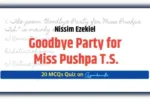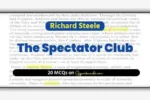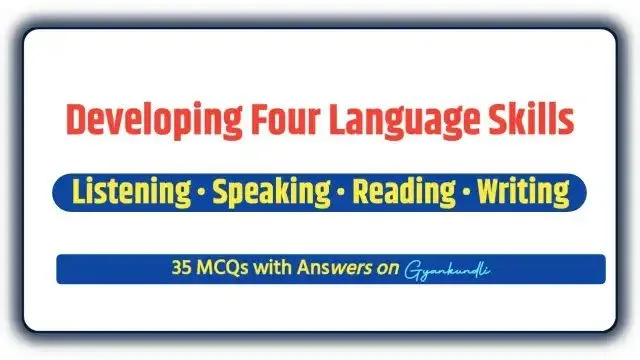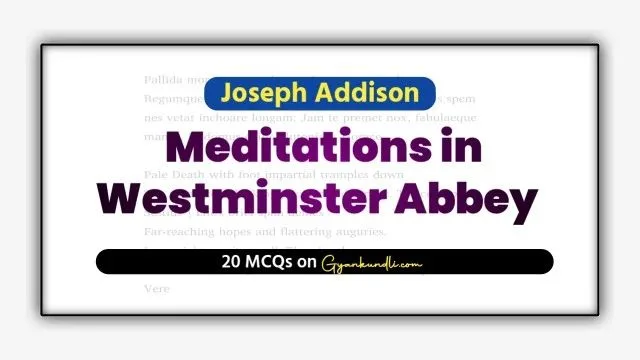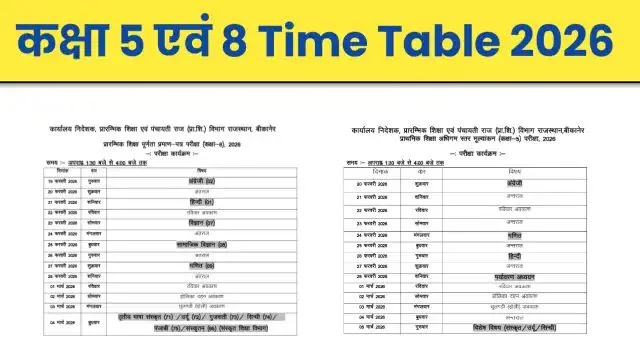The Audio-Lingual Method MCQ Quiz : The Audio-Lingual Method (ALM) is a language teaching approach that became popular in the mid-20th century, especially during the 1940s and 1950s. It developed in the United States during World War II, when there was an urgent need to train soldiers and diplomats to communicate quickly and effectively in foreign languages. The method was influenced by structural linguistics and behavioral psychology, particularly the work of Leonard Bloomfield and B.F. Skinner.
ALM focuses on teaching language through listening and speaking before reading and writing. It is based on the belief that language learning is a process of habit formation. Learners are trained to respond correctly to specific patterns through repetition and drills. Mistakes are avoided as far as possible, because errors can become bad habits that are difficult to change.
In the classroom, teachers using ALM follow a highly structured sequence. New language items are first presented orally, often through dialogues. These dialogues are memorized and practiced repeatedly. Pattern drills—such as substitution, transformation, and repetition exercises—help learners master grammar structures and vocabulary without explicit explanations. The teacher’s role is central, providing a model of correct pronunciation and usage for students to imitate.
Translation is avoided, and the learner’s first language is rarely used. Instead, meaning is conveyed through pictures, gestures, and context. This keeps learners thinking directly in the target language. Immediate correction of errors ensures that accurate forms are reinforced.
Although ALM was highly effective for short-term fluency, it faced criticism in the 1970s. Researchers found that students trained mainly through drills often struggled with spontaneous, creative language use. As a result, it was gradually replaced by more communicative methods.
However, the Audio-Lingual Method still has value today, particularly for improving pronunciation, listening skills, and accuracy in language patterns. When combined with communicative practice, it can be a powerful tool in language teaching.
The Audio-Lingual Method MCQ Quiz of 15 Questions
Discover more from Gyankundli
Subscribe to get the latest posts sent to your email.





